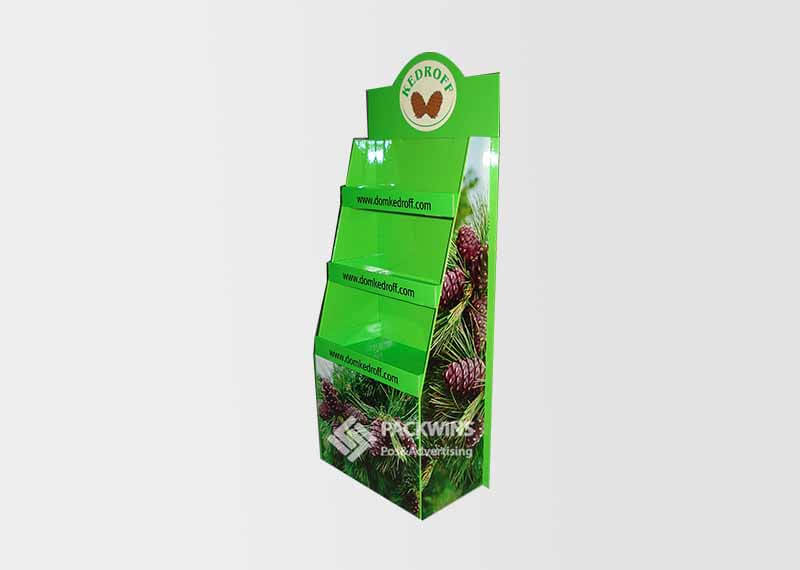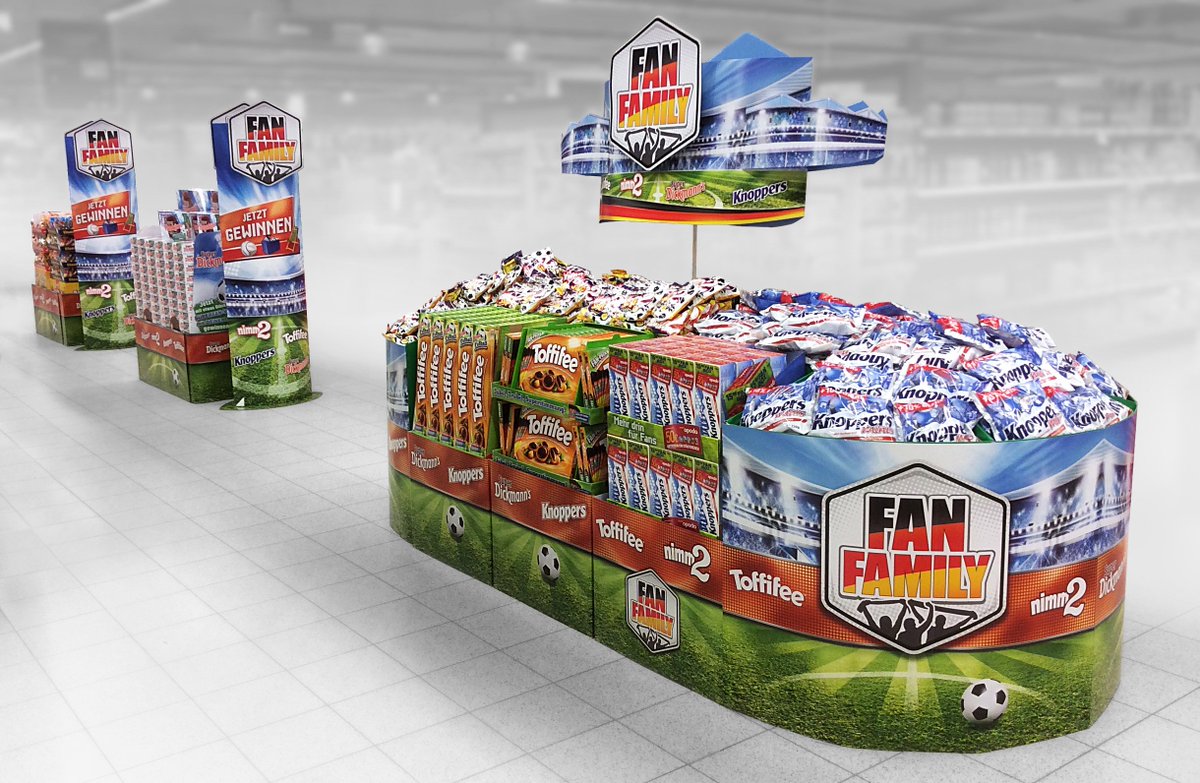5 Insights About Consumer Behavior You Can Learn from Displays
5 Insights About Consumer Behavior You Can Learn from Displays
Retail displays aren’t just tools for showcasing products—they’re also a valuable source of insight into consumer behavior. By analyzing how customers interact with displays, brands can better understand what drives purchasing decisions, what attracts attention, and what might be causing a disconnect between products and customers. Whether it’s a cardboard floor display or an eye-catching end cap, displays provide a direct window into shopper preferences and habits.
In this post, we’ll explore five key insights you can learn about consumer behavior from retail displays. Understanding these insights can help you refine your retail strategies, create more engaging displays, and ultimately drive more sales.
1. Shoppers Are Attracted to Prominent Displays
One of the first things you’ll notice when analyzing consumer behavior around displays is that shoppers are naturally drawn to prominent, well-positioned displays. Whether it’s a floor display in the middle of an aisle or a counter display at the checkout, consumers tend to gravitate toward displays that stand out in their environment. The positioning, size, and design of your display can significantly influence the level of attention it receives.
What It Reveals About Consumers:
- Visual Attention: Consumers are naturally drawn to visually striking elements. The more visible and prominent a display, the more likely it is to capture attention.
- Strategic Placement Matters: When displays are strategically placed in high-traffic areas or in a location that aligns with consumer shopping habits, they tend to perform better.
How to Use This Insight:
- Ensure your displays are in high-traffic areas, such as near entrances, aisles, or checkouts.
- Use bold colors, lighting, and signage to make your display stand out and grab consumers’ attention.
2. Shoppers Value Convenience
Consumers are more likely to engage with a display that offers convenience. This is evident when they show interest in displays that have products within easy reach or offer simple ways to learn more about a product. For example, well-organized displays that showcase products with clear signage or interactive features (such as QR codes) appeal to shoppers looking for quick, hassle-free shopping experiences.
What It Reveals About Consumers:
- Ease of Access: Consumers want a smooth, seamless shopping experience. Displays that are easy to navigate and make products easy to grab tend to attract more attention.
- Information Accessibility: Providing consumers with clear and accessible information—whether through product descriptions or promotional details—makes them more likely to engage with the display.
How to Use This Insight:
- Ensure your display is easy to access, with products placed at eye level or within reach.
- Include clear product information, price tags, and any special offers or promotions to make the shopping process easier for consumers.
3. Shoppers Are Influenced by Product Placement and Grouping
How products are placed within a display matters. Consumers are more likely to purchase products that are grouped together or presented in an attractive, cohesive way. For example, placing complementary items next to each other (like a toothbrush with toothpaste) can increase the likelihood of a customer purchasing both.
What It Reveals About Consumers:
- Product Pairing and Bundling: Consumers are often influenced by how products are grouped. A well-curated display that makes the shopping experience easier can encourage larger purchases.
- Psychological Triggers: The way products are placed in relation to each other (such as creating a focal point) can impact consumers’ decisions.
How to Use This Insight:
- Group related products together to encourage cross-selling and upselling. For example, pair a product with its accessories or complementary items.
- Use attractive, organized arrangements to create an inviting visual experience.

4. Shoppers Are Drawn to Promotional Displays
Sales and promotions are one of the strongest drivers of consumer behavior. Retail displays that emphasize discounts, special offers, or limited-time promotions tend to draw more attention and generate higher engagement. Consumers are hardwired to seek out deals, and a display that highlights a special offer often leads to increased foot traffic and sales.
What It Reveals About Consumers:
- Price Sensitivity: Shoppers are motivated by the perception of getting a good deal, especially when the offer is clearly communicated.
- Urgency and Scarcity: Limited-time offers or displays that highlight low stock can create a sense of urgency, prompting consumers to act quickly.
How to Use This Insight:
- Use bold signage to highlight discounts, promotions, and limited-time offers.
- Create a sense of urgency by emphasizing scarcity (e.g., “Only 5 left!” or “Sale ends soon!”) to encourage impulse purchases.
5. Shoppers Are Influenced by Emotional Connections
Consumer behavior is often driven by emotions, and displays that connect with shoppers on an emotional level tend to be more successful. Whether through storytelling, visual appeal, or an experiential element, displays that evoke an emotional response can create a lasting impression. Consumers are more likely to purchase a product if it aligns with their personal values, aspirations, or lifestyle.

What It Reveals About Consumers:
- Emotional Decision-Making: Shoppers often make decisions based on feelings, not just logic. A display that evokes positive emotions can drive higher engagement and sales.
- Brand Affinity: Consumers are drawn to brands that align with their values and make them feel good about their purchase decisions.
How to Use This Insight:
- Design displays that evoke positive emotions through compelling visuals, storytelling, and brand messaging.
- Align your display with consumer values, such as sustainability or innovation, to strengthen emotional connections with your target audience.
Conclusion
Retail displays are more than just a tool for showcasing products—they’re a reflection of consumer behavior and decision-making processes. By paying attention to how shoppers interact with your displays, you can gain valuable insights into what motivates them to make purchases. From the positioning of your display to how products are grouped or presented, every detail can influence consumer behavior and drive sales.
By understanding these five key insights, you can design more effective retail displays that cater to consumer preferences, drive engagement, and ultimately improve your bottom line. Whether you’re using floor displays, counter displays, or end caps, these insights will help you create displays that resonate with shoppers and boost your retail performance.
At Packwins, we specialize in creating custom retail displays that are designed to meet consumer needs and maximize sales. If you’re ready to take your displays to the next level, get in touch with us today to learn how we can help bring your retail vision to life.




Leave a Reply
Want to join the discussion?Feel free to contribute!